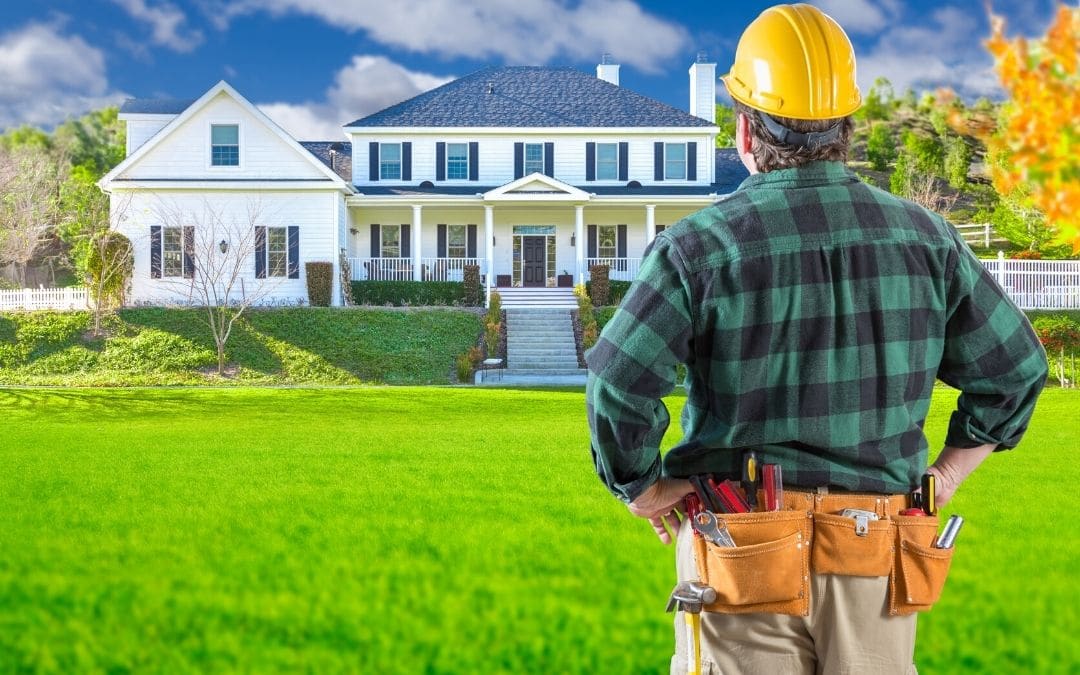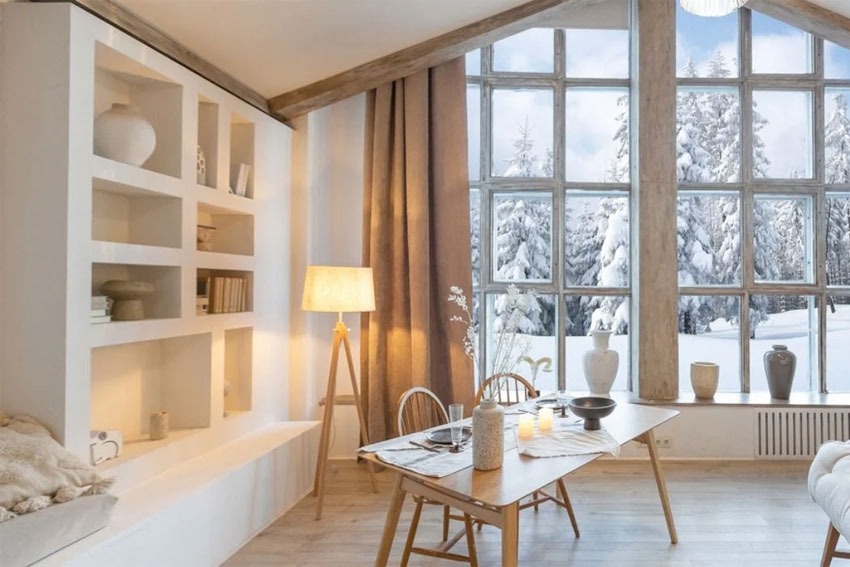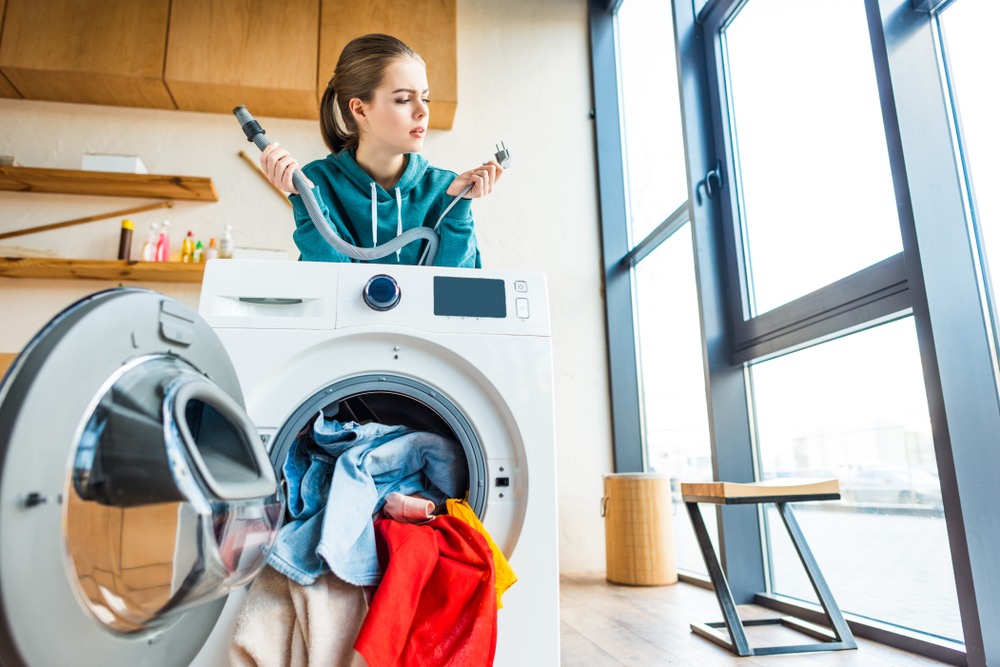There’s a reason that replacing the siding on a home is one of the most popular exterior renovation projects for homeowners: it’s a way to dramatically change the exterior look of your home—for a lot less money than a full exterior makeover, or a structural change to the home’s layout.
But when deciding on a new siding option, there are several factors to consider. First, consider the style of your home. If you have a bungalow or colonial, you’ll want to get a style that complements the house, like vinyl or wood siding.
Is your home a single detached home? Is it a more modern infill home with tight spaces between neighboring houses?
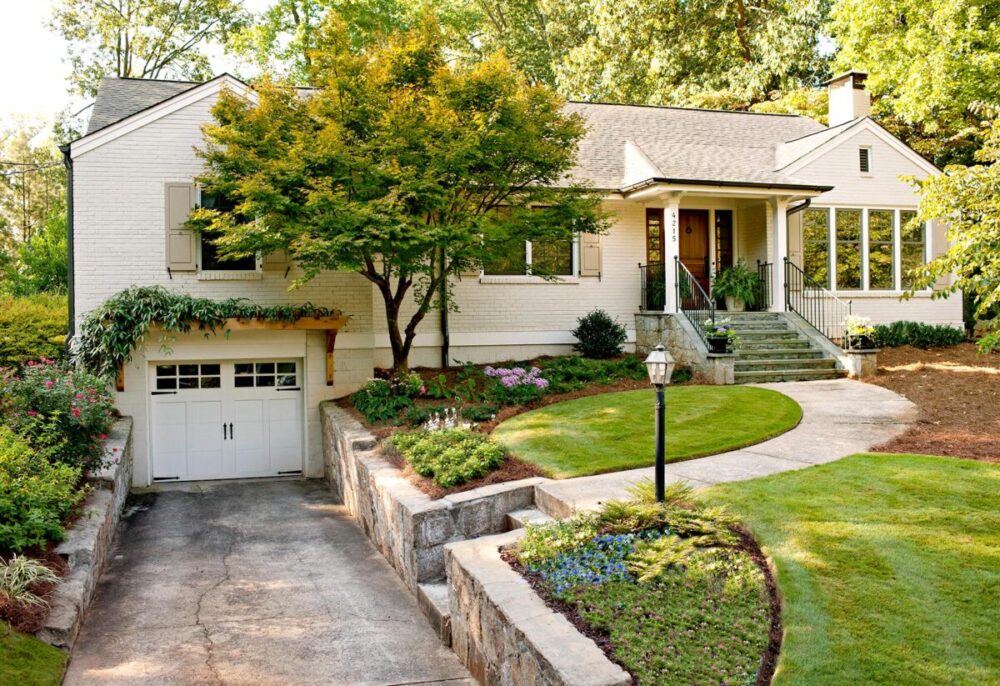
How much are you willing to invest in this exterior renovation and makeover?
Are you simply wanting to replace the existing vinyl siding with a more modern colour? Or upgrade to the more durable, but also pricier Hardie board siding? Possibly even spending more time and money to replace all of the existing siding with an entirely different finish such as stucco, plaster, or stone siding?
There are many different types of siding available to homeowners and renovators. Each type provides a different look and set of features that are ideal for various types of homes. As you consider the best type of siding for you, keep these factors in mind:
- Cost – Although the initial cost of siding might be higher, some options are less expensive in the long-term since they can last for up to 50 years before needing replacement.
- Resistance to the elements – Some types of siding can withstand more extreme weather conditions than others. This can be a make or break factor depending on where you are in the world. If you’re in very warm and humid parts of the SW United States you’ll want to choose a different option than if you find yourself in Calgary Alberta where an average winter can regularly dip below -35 Celcius.
- Durability – The stronger the siding is, the less likely it is to need repairs.
Here are some of the different types of exterior sidings commonly used in exterior renovations and makeovers for you to decide between for your homes exterior makeover.
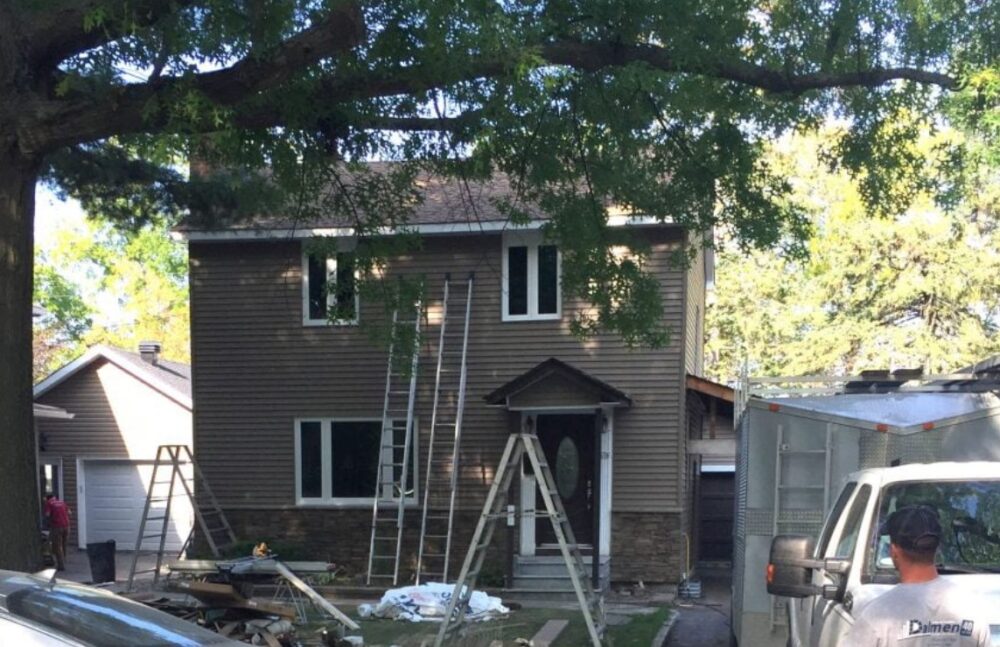
1. Vinyl siding
Vinyl siding is one of the most popular siding options on the market. It is also one of the most versatile: it can be found on everything from luxury homes to mobile homes, and it has a multitude of colors and styles. Vinyl siding is easy to clean, low maintenance and durable. It is also one of the least expensive types of siding available, making it a great choice when you are looking to make your home look new without spending a fortune.
Vinyl siding has become a popular choice with both DIY home projects and professional construction projects because it is easy to install and relatively durable too. It will hold up to the elements better than wood siding, yet it’s easier to repair than most other types of siding we are listing.
It does not require any special prep work to begin installing the siding, other than to have a tyvek wrapped exterior wall.
The downfall of vinyl siding is that during extremely cold temperatures, it can become brittle and possibly crack should it be struck with something. It is also not as insulating as some of the other options available to homeowners.
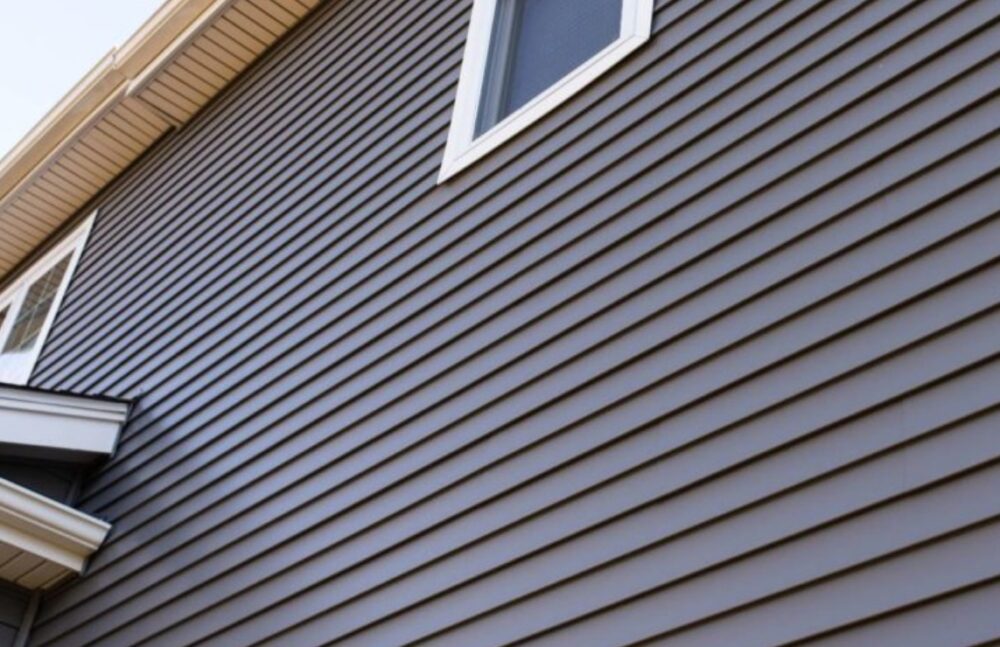
2. Hardie board siding
Hardie-board is a cement-based siding from James Hardie that is made from fibre cement (cement, sand, fillers, and fiberglass). It has amazing curb appeal as it comes in a large variety of styles and finishes, many with different natural and wood-grain textures, and can come in different shapes and styles, from a shingle style siding, to plank style lap siding, and even large panels to cover larger sections with a solid piece.
It is durable, easy to work with and install, and needs virtually no maintenance. The colour doesn’t fade easily, nor does it chip. It is resistant to pests including termites, and woodpeckers, and it is also fire resistant.
The advantage of hardie board siding is also that it provides energy efficiency for your home. It is about twice as energy efficient as vinyl siding. It also provides durability and strength for the long term, which is an advantage since it will not crack or deteriorate.
The only real downfall of this siding is the initial cost.
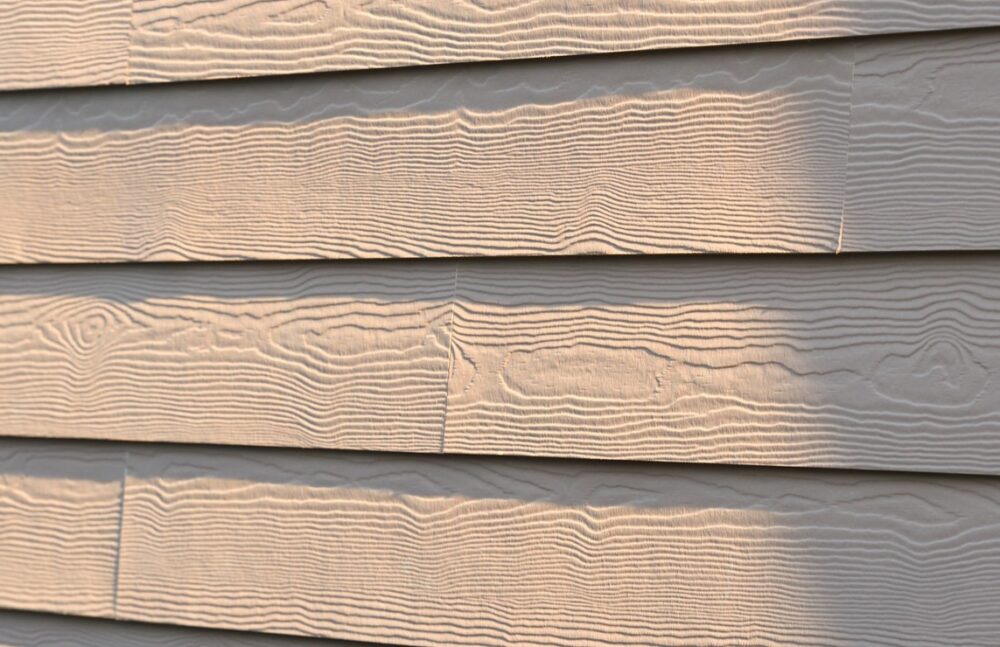
3. Stucco
Usually, stucco is a great exterior for any home. It is a durable material that can be used to cover just about any exterior surface, and is great in a variety of climates. It is very easy to maintain and most people with a little know how can do maintenance themselves. The reason why stucco isn’t used as often as other siding materials is the fact that it is quite expensive. It does last a long time, but the cost can be a turn off for some people.
Stucco plaster is a wall covering material that is used for finishing exterior walls and ceilings. It can be painted different colors, it can be textured, and it can be designed to look like a number of different materials.
Stucco is a robust exterior finish for any building. Stucco is a mixture of Portland cement, hydrated lime, sand and water. While stucco is trademarked in the United States, stucco and plaster finishings have been in use in various forms for thousands of years. Stucco is a common exterior finish for commercial, institutional and residential structures.
If you are transitioning from a different type of siding to stucco, it can be quite the undertaking. The stucco needs a mesh backing to hold onto the walls of the home. So all existing siding will need to be removed, a mesh covering will need to be securely installed to the exterior walls, and only then can the first coat of stucco be applied. After that, then typically there is the textured coat added, and finally it is painted the colour of your choice.
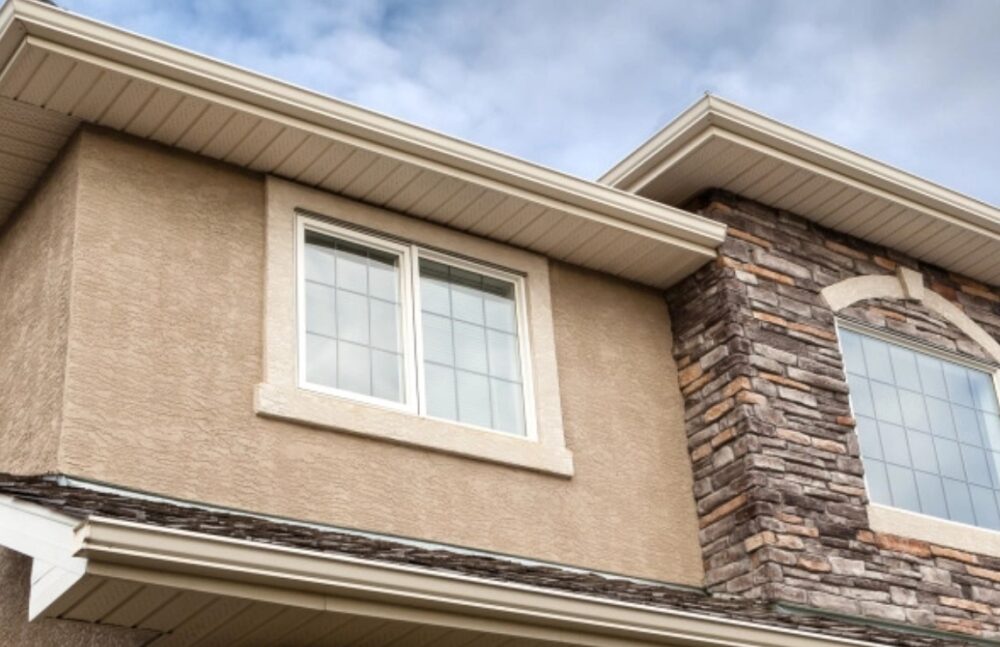
4. Wooden siding
Wood siding has a beautiful finish, is (formerly) cheaper than vinyl siding, and is a great way to give your house a new look. Depending on your needs, there are several different wood siding types to choose from. Cedar, for example, is a naturally rot-resistant wood that can last for decades and withstand extreme weather conditions. Redwood, on the other hand, is beautiful, durable, and eco-friendly.
Siding is a lot more affordable than you might think: the average cost to replace siding runs $7,500, so when you shop around, there’s a good chance you’ll be able to find a great deal.
One of the downfalls with wood siding include the recent surge in lumber prices have made it a more expensive option. Another note to keep in mind is that it is not always fire, pest or mold resistant without additional steps.
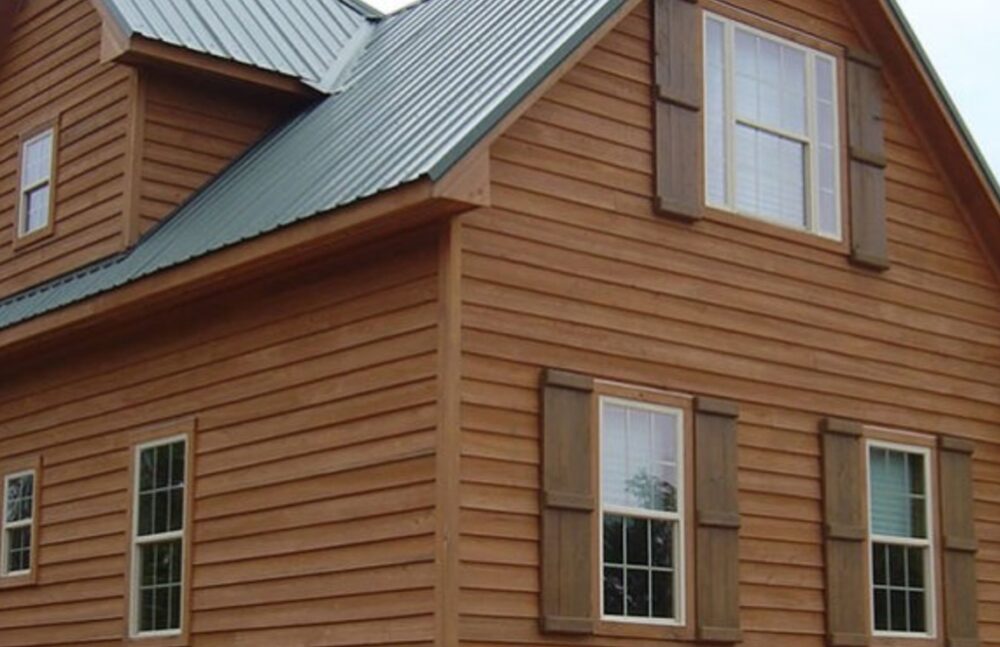
5. Stone
One of the main advantages of stone siding is its durability. Stone siding when installed properly is a very durable and long lasting siding option. It is able to withstand damage from severe weather conditions and will last for many years without needing to be replaced. The cost of stone siding is generally higher than other siding options, but it is worth the extra expense because it lasts longer. Stone siding gives any house or building a timeless appearance, which is part of the reason that stone siding is very popular even today.
Stone siding is a great way to improve the look of your home, but it also offers many other advantages. Stone is a durable material that doesn’t need to be painted and is impervious to insects and other pests, so it will never need to be treated. Stone siding also provides thermal and sound insulation, so it’s a great choice for homes in cold climates or areas that experience noisy traffic.
The biggest downfall of stone siding is the cost of the material itself, as well as the cost of installation is the highest on our list.

While there are many other options out there to choose from beyond what we’ve listed here today, these are our top picks for versatility, varying budgets, needs and desires.
We hope you found the article helpful and have a better idea of what to choose when it comes time to complete your own exterior renovation this summer. For more exterior renovation information and ideas, check out https://www.rebornrenovations.com/renovation-services/exterior-renovations/

